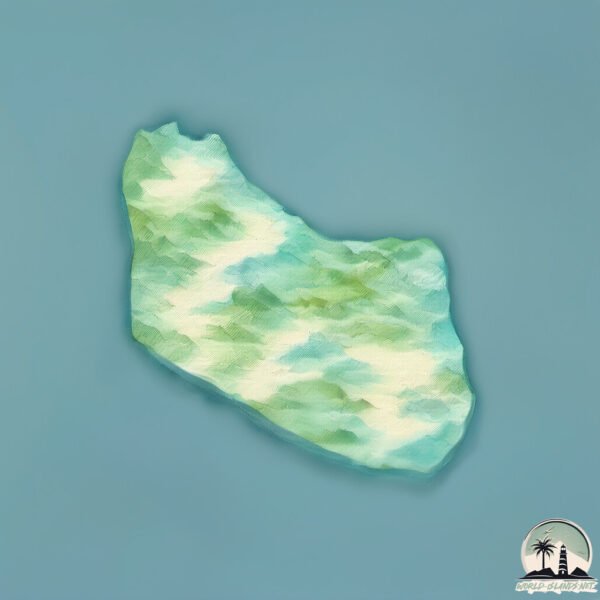Delft

Welcome to Delft, a Tropical island in the Bay of Bengal, part of the majestic Indian Ocean. This guide offers a comprehensive overview of what makes Delft unique – from its geography and climate to its population, infrastructure, and beyond. Dive into the details:
- Geography and Size: Explore the island’s size and location.
- Climate and Weather: Weather patterns and temperature.
- Topography and Nature: Uncover the natural wonders of the island.
- Infrastructure and Travelling: Insights on reaching, staying, and making the most of your visit.
- News and Headlines: Latest News.
Geography and size of Delft
Size: 48.3 km²
Coastline: 31.6 km
Ocean: Indian Ocean
Sea: Bay of Bengal
Continent: Asia
Delft is a Medium Island spanning 48 km² with a coastline of 32 km.
Archipel: –
Tectonic Plate: India – A major tectonic plate that initially moved northward at a rapid pace before colliding with the Eurasian Plate. This collision is responsible for the uplift of the Himalayas and the Tibetan Plateau.
The geographic heart of the island is pinpointed at these coordinates:
Latitude: 9.51231514 / Longitude: 79.69013758
Climate and weather of Delft
Climate Zone: Tropical
Climate Details: Tropical Savanna, Wet
Temperature: Hot
Climate Characteristics: Defined by distinct wet and dry seasons with high temperatures year-round. Pronounced rainfall occurs during the wet season, while the dry season is marked by drought.
Topography and nature of Delft
Timezone: UTC+05:30
Timezone places: Asia/Kolkata
Max. Elevation: 9 m
Mean Elevation: 4 m
Vegetation: Agricultural Mosaic
Tree Coverage: 22%
The mean elevation is 4 m. The highest elevation on the island reaches approximately 9 meters above sea level. The island is characterized by Plains: Flat, low-lying lands characterized by a maximum elevation of up to 200 meters. On islands, plains are typically coastal lowlands or central flat areas.
Dominating Vegetation: Agricultural Mosaic
A mix of cropland and natural vegetation, often seen in rural landscapes where agricultural fields are interspersed with patches of natural habitats. Delft has a tree cover of 22 %.
Vegetation: 11 vegetation zones – Exceptionally Diverse Island
Islands with more than ten vegetation zones are among the most ecologically rich and varied in the world. These islands are akin to miniature continents, boasting an incredible array of ecosystems. The sheer range of habitats, from high peaks to deep valleys, rainforests to deserts, creates a mosaic of life that is unparalleled. They are crucial for conservation and ecological studies.
Infrastructure and Travelling to Delft
Does the island have a public airport? no.
There is no public and scheduled airport on Delft. The nearest airport is Jaffna International Airport, located 48 km away.
Does the island have a major port? no.
There are no major ports on Delft. The closest major port is KANKESANTURAI, approximately 48 km away.
The mean population of Delft is 80 per km². Delft is Gently Populated. The island belongs to Sri Lanka.
Continuing your journey, Pungudutivu is the next notable island, situated merely km away.
Sri Lanka is classified as Developing region: Regions characterized by lower income levels, with economies in the process of industrialization and modernization. The level of income is Lower middle income.
News – Latest Updates and Headlines from Delft
Stay informed with the most recent news and important headlines from Delft. Here’s a roundup of the latest developments.
Please note: The data used here has been primarily extracted from satellite readings. Deviations from exact values may occur, particularly regarding the height of elevations and population density. Land area and coastline measurements refer to average values at mean high tide.
